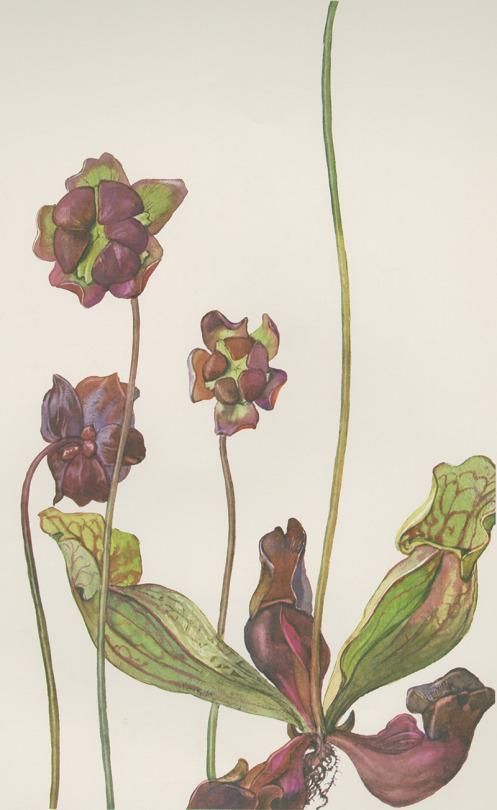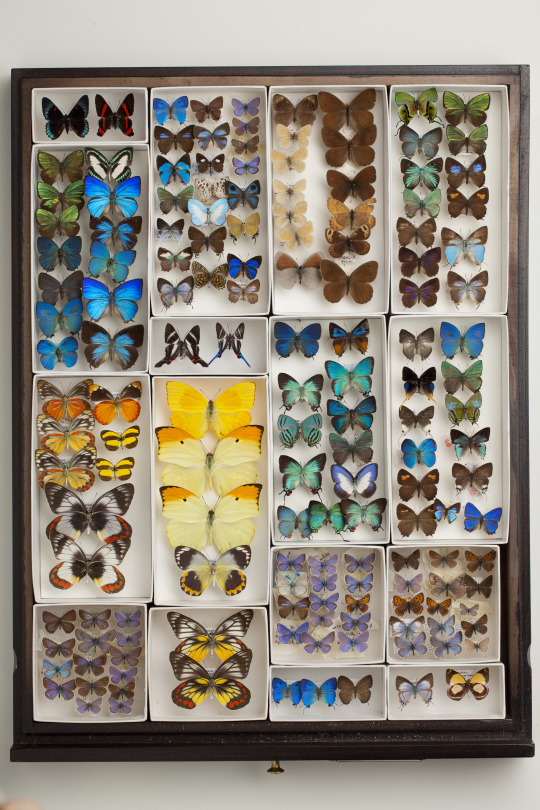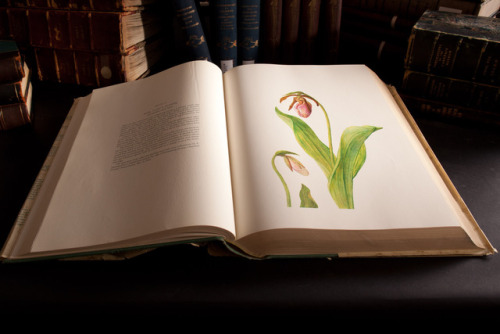by Mason Heberling
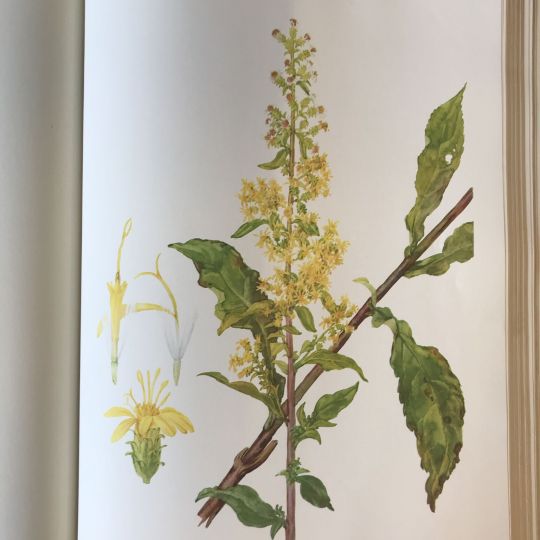
Herbarium specimens are both an art and a science. This fact is no more apparent than in the collaborations between Andrey Avinoff and Otto Jennings, which culminated in the 1953 book Wildflowers of Western Pennsylvania and the Upper Ohio Basin.
Jennings was a longtime curator of botany, professor at University of Pittsburgh, and served many roles at the Carnegie Museum of Natural History (including director from 1945-1949).
Avinoff was a lepidopterist (studied butterflies) and artist, who was Director of the Carnegie Museum if Natural History from 1926-1945.
“Probably never again will there be two scholars, each a master in his own field, who can work together as did these two.” – Agnes L. Starrett
The book features a detailed, scientific manual describing plant species found in the region written by Jennings, along with 200 watercolor paintings of a subset of these species by Avinoff. Jennings would travel across Western PA in search of the perfect specimen to return to the museum for Avinoff to paint while still fresh and unwithered. Avinoff is said to have dropped everything he was doing upon Jennings’ return, and stay through the night to paint the flowers from still life. Avinoff estimated that it took him about 1,600 hours to paint them all.
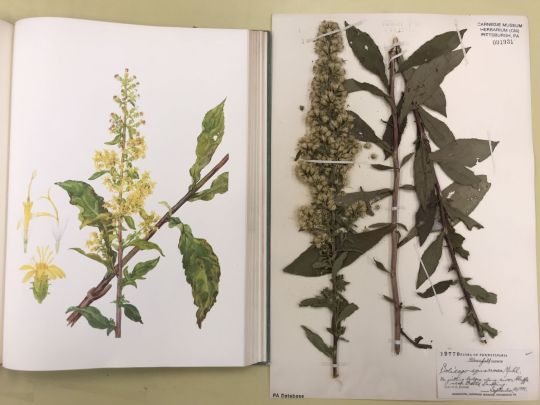
A. Avinoff, referring to his wildflower paintings: “These were my guiding principles: (1) accuracy in form and color; (2) portrayal of the individuality of the plant as to the character, position, arrangement, and venation of the leaves and the texture of their surfaces; (3) decorative arrangement, composition, and spacing; (4) strictly water color technique—only transparent pigment and no opaque colors, no whit paint anywhere, not a single stroke used in the high lights. The whit is the paper and all light parts are lighter washes of the pigment—thoroughbred aquarelle has been observed throughout.”
Some of these specimens were then pressed and remain in the Carnegie Museum’s herbarium today. We know of 50 specimens that were used by Avinoff for his paintings.
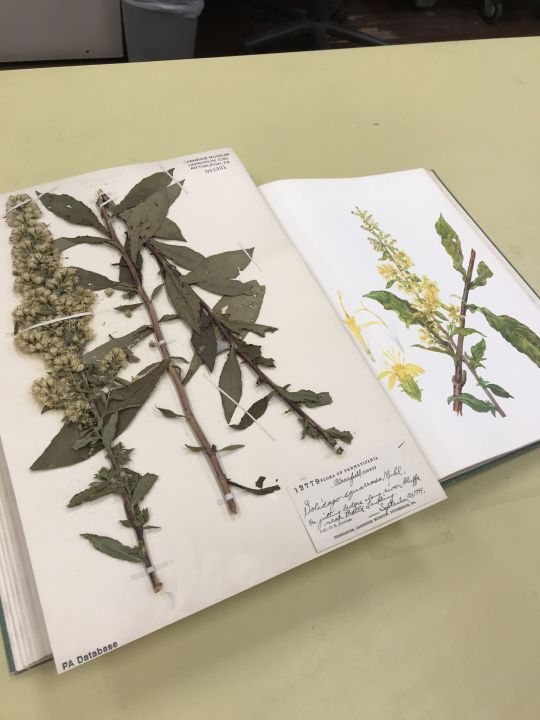
This specimen of squarrose goldenrod (Solidago squarrosa) is one of those specimens. It was collected by Otto Jennings on September 21, 1944 on a ledge along the river bluffs near Bell’s Landing, Clearfield County, Pennsylvania.
Both of scientific and cultural value, this specimen has a rich history, much more than “just” dried plants on paper. While we know the history behind this particular one, each specimen has an important scientific and cultural story to tell.
Botanists at the Carnegie Museum of Natural History share digital specimens from the herbarium on dates they were collected. They have embarked on a three-year project to digitize nearly 190,000 plant specimens collected in the region, making images and other data publicly available online. This effort is part of the Mid-Atlantic Megalopolis Project (mamdigitization.org), a network of thirteen herbaria spanning the densely populated urban corridor from Washington, D.C. to New York City to achieve a greater understanding of our urban areas, including the unique industrial and environmental history of the greater Pittsburgh region. This project is made possible by the National Science Foundation under grant no. 1801022.
